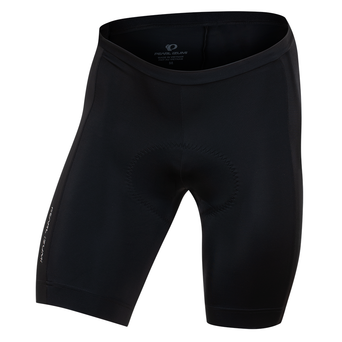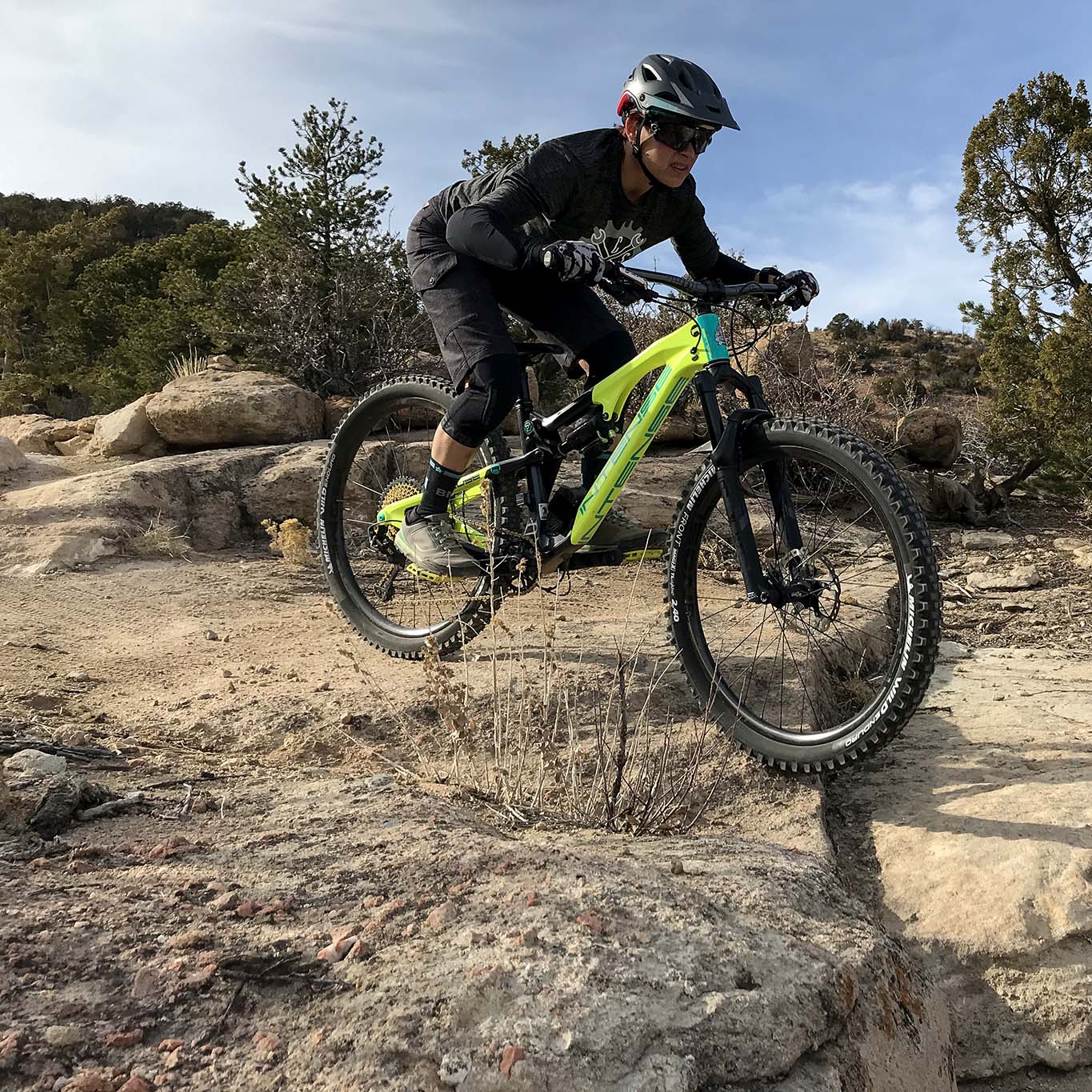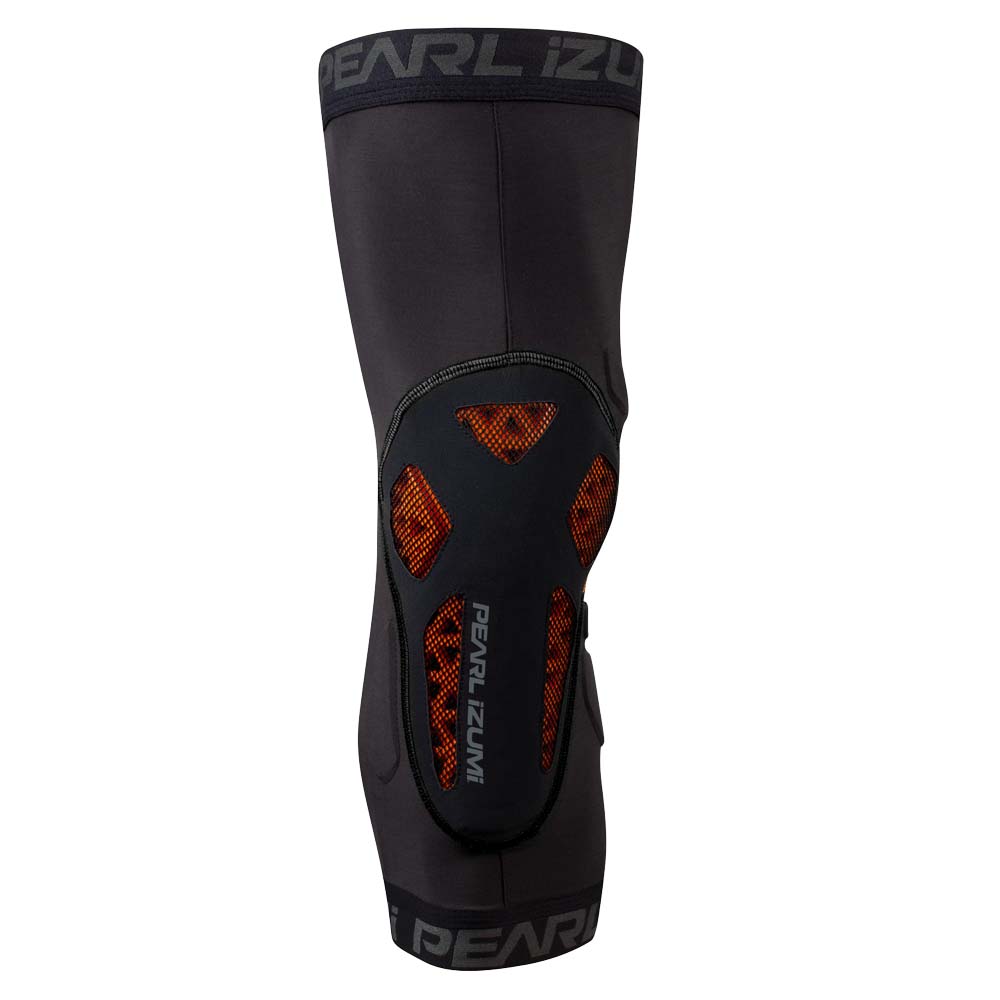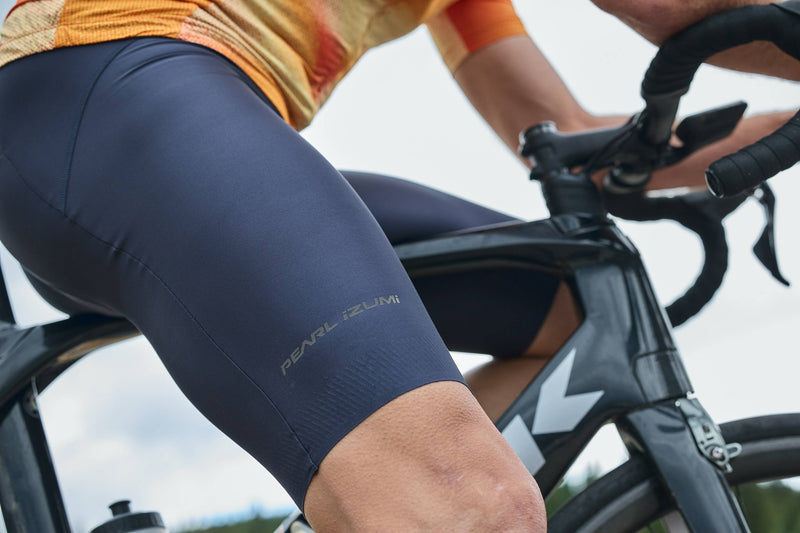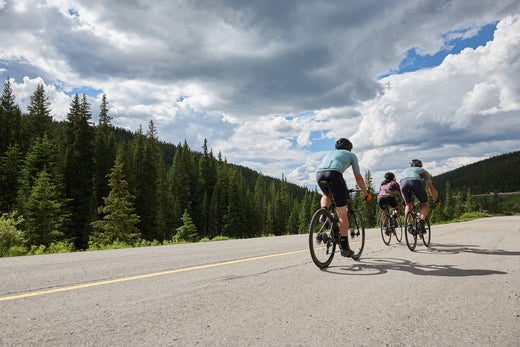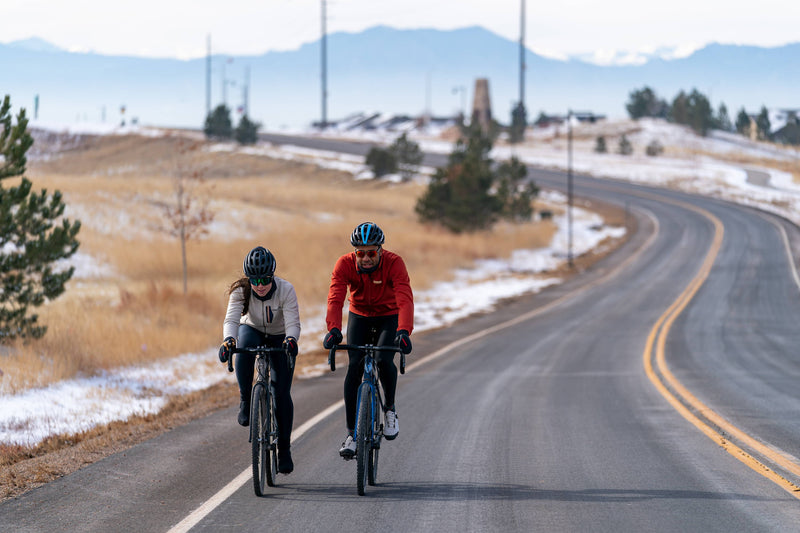More riders are wearing protective gear these days, and they’re not just the people doing downhill runs at ski resorts. As knee and elbow pads have slimmed down from their bulky, hard-shell origins, they’ve become much more useful for everyday trail riding. Plus, current designs are attractive enough to tip the scales toward some style points, where a well-worn set of knee pads shows people that you’re not afraid to shred.

What exactly do they protect against?
Knee and elbow pads work well for protecting you from the impacts and abrasion that result from crashes. Obviously, they don’t remove the possibility of injury, but they can go a long way in lessening the pain. Depending on the impact level and burliness of the pad, a crash that could have broken a kneecap might now be just a bone bruise. And pads can definitely save you from the slow agony of road rash, or is that dirt rash — scrubbing out gravel, changing puss-filled bandages, being unable to sleep in certain positions — for the two weeks or so until it heals. Your knees and elbows are awfully bony and fragile to be hanging out there on rowdy trail rides, just waiting to be slammed into rocks or trees.
What are they made out of?
There are a few options for pad material in the protection world, and PEARL iZUMi chooses to use D3O®’s flexible LP1 viscoelastic pads. This means the polymers within the pad remain pliable until impact, which is the point these molecules lock together to absorb and dissipate the energy of the blow. Using these pads allows us to leave the old hard plastic pads behind in favor of something much more pedaling-friendly. Especially since the open honeycomb of the pad allows for much-needed airflow on hot days. For the sleeve material, both the Summit and the Elevate knee and elbow guards use four-way stretch Cordura®, for better comfort and durability.
The higher level Elevate elbow and knee guards are CE Level 1 certified. You might be asking yourself, “What does that really mean?” There aren’t necessarily product standards that are specific to mountain biking outside of helmet safety certifications. Rather, body armor is certified according to the European motorcycle armor standards. The technical designation for this standard is EN-1621, with the standard is divided into two subsections. EN1621-1 covers all body armor except back protectors/spine guards, while EN1621-2 covers back and spine guards. To achieve Level 1 certification, a five-kilogram weight is dropped from six feet onto the armor and the average transmitted force must be less than 35 kiloNewtons (kN) over nine impacts; with no single measurement higher than 50kN.

When do you wear them?
Most riders wear them during technical rides, where obstacles and speed increase the possibility for an unwanted dismount into rough terrain. No pad, no rad! In the wintertime, pads make great knee and arm warmers as well, so some riders wear them all the time in cold temps. In fact, fat bikers can wear them for additional warmth as well as protection from snow-hidden hazards. Occasionally, you will see riders wearing knee pads around their ankles on a climb, waiting until the descent to pull them up into place. This option is a personal choice, of course. Still, it’s very possible to crash while climbing, usually due to technical terrain — but also during an unexpected meeting with wildlife or other surprises. Even a rear-wheel spinout can send your kneecap slamming into a shifter or dropper lever. For riders who use dirt road climbs to access singletrack, leaving the pads around the ankles or carrying them in a pack is always an option. Generally, this is is more the case for older pad designs. The PEARL iZUMi pads are actually more comfortable protecting the joint they are intended to guard than anywhere else because of the design of the sleeve and pads. This means buying comfortable pads that fit well will definitely influence this decision.
How should they fit?
Pads should fit snugly so that they stay in place during a crash. You also don’t want them sliding down your legs or arms while riding, which is only slightly less annoying than, say, a chamois wedgie, but requires much more frequent adjustment. Too snug a fit is obviously uncomfortable, although some pads stretch a bit with wearing. As with shoes or other apparel, trying them on at a dealer is the best way to determine size and fit. If you must buy them without trying on, measure your legs and arms carefully. Pads generally run small, so it’s best to size up if you’re between sizes. You’ll also want to make sure the correct part of the pad is directly over the kneecap or elbow. As the pad material warms up from being next to your body, it will conform to the shape of the joint.
As for the length of the sleeve itself, personal preference comes into play, but there’s a style factor to keep in mind: Having bare skin showing between the leg openings of your liners or shorts and the top of the pad sleeve is known as the “gaper gap” and is considered a style no-no. Women may especially suffer this problem since women’s bibs/liners/shorts are traditionally shorter than men’s. Now, if your shell shorts cover this gap while pedaling, consider the problem solved. But if you have a tendency to wear shorter baggy shell shorts, using longer sleeves like the PEARL iZUMi guards will save you from looking like you just left a roller derby bout.
A special fit note:
If you have an injury or issues around your patella (kneecap), this info is for you. “In riders who are suffering from overstress at the patellofemoral joint, knee pads may just exacerbate that issue,” says Dane DeLozier, physical therapist, mountain biker, and part-owner at REVO Physiotherapy and Sports Performance in Boulder, Colo. “If you struggle with rotation issues at the femur during the pedal stroke, the contact patch of the patella on the femur can be reduced, causing hot spots. In that scenario, more pressure from a knee pad can make the joint feel extra hot. And that’s not cool. The fix is changing the quality of your movement, not foregoing knee pads.” If this describes you, check the pad fit carefully (after giving your physical therapist a call). Be sure to try pads on and wear them around the store for a little while, since some pads can affect this issue more than others.
How do I wash and take care of them?
Hand washing is always a good idea with technical fabrics, but knee pads, in particular, can get very dirty, plus soak up sweat from your body. Many riders wear them a few times before washing, but eventually, they’re going to get stanky. You can machine wash them with a detergent free of any perfumes or fabric softeners since those additives will inhibit the performance of technical wear. With the PEARL iZUMi knee guards, the D3O pad on the Elevate level protection should be removed before washing. The Summit level pads are machine washable as the D3O is not removable.
Finally, your knee guards will last longer if you put them on this way: turn the protective pad to the back of your leg before putting your foot into the sleeve. This will allow you to slide your foot through the cutout without ripping it, or taxing the stitching by forcing the pad over your foot. Once the sleeve is up onto your shin, swivel the pad to the front and pull it up onto your knee. If you have an exceptionally snug fit, grasp the pad itself to scoot it all up your leg, rather than overstretching the sleeve fabric.
Shopping for this kind of insurance is much more fun than the other kind. Once you’ve found the perfect set of pads, go forth and enjoy some gnar!


